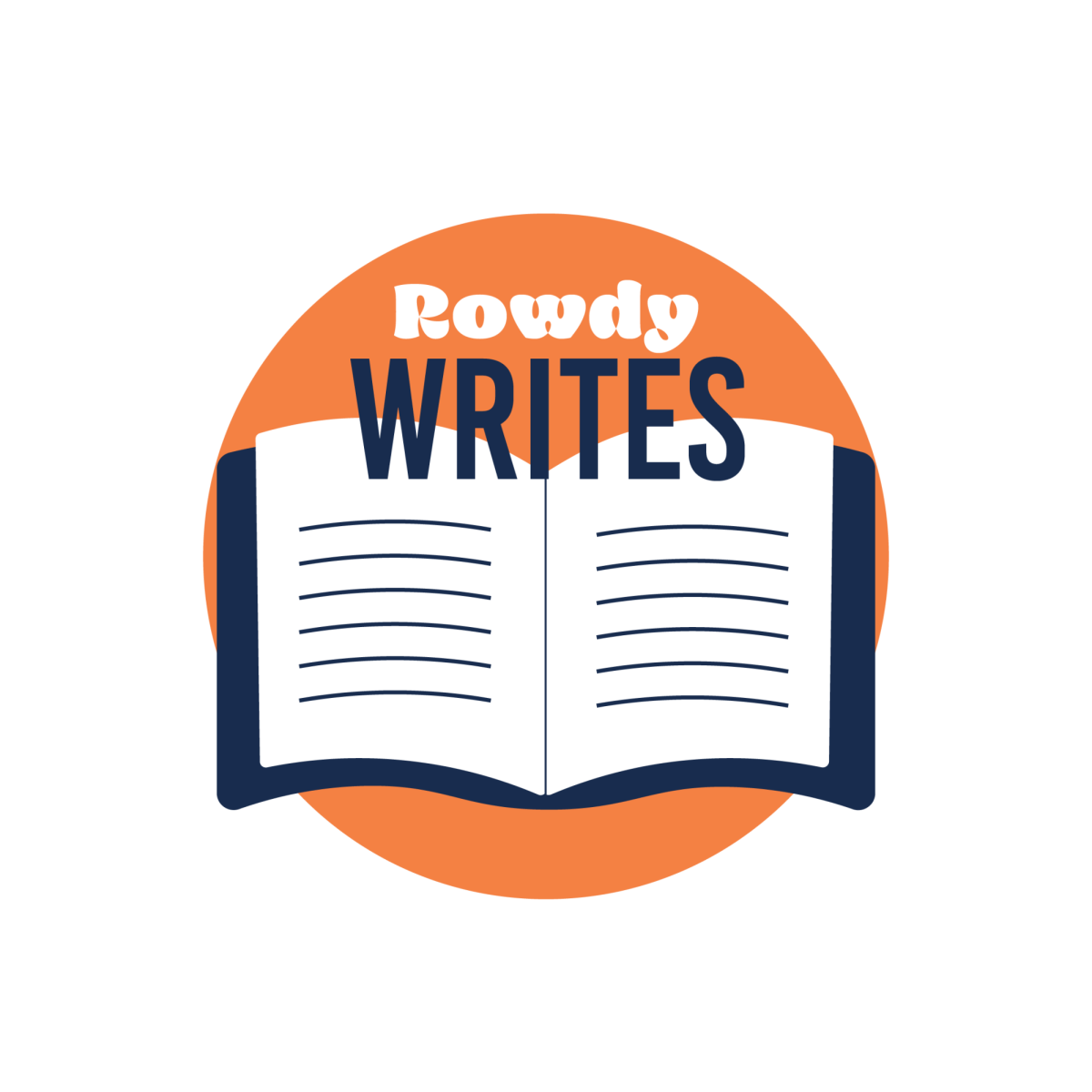The UTSA Symphonic Band performed their latest concert series, “American Salute,” on Tuesday, Feb. 5 at the UTSA Recital Hall. The performance was the first of the spring semester for the Symphonic Band and was conducted by the Director of Bands, John Zarco, accompanied by guest conductor and UTSA alumnus, Roland Sandoval.
The performance showcased five brilliant works celebrating the United States of America, including pieces by John Phillips Sousa and Morton Gould — two of the nation’s most recognized and praised composers. The concert’s centerpiece was Mark Camphouse’s “A Movement for Rosa,” dedicated to the life and civil rights activism of Rosa Parks.
The concert began with an introduction from Zarco highlighting the week’s performances before moving into the first piece of the evening; “El Capitan” by John Phillips Sousa (edited by Keith Brion and Loras Schissel) based off Sousa’s operetta of the same name. The audience was immediately hit with cymbal crashes and demanding horn melodies before settling into the steady patriotic fanfare familiar, yet distinct, to Sousa’s compositions.
Following the first piece, Zarco introduced Roland Sandoval as the guest conductor for the evening’s next piece, “American Folk Rhapsody No. 2” by Clare Grundman. Sandoval has been assisting the various UTSA bands throughout the semester to fulfill requirements for a Masters in music for instrumental conducting.
The piece begins with explosive fanfare, similar to “El Capitan,” following with the recognizable melodies of Skip to my Lou, Billy Boy and Shenandoah. It moves freely between the melodies with luscious, sweeping sounds of classic Americana.
Zarco described Mark Camphouse’s “A Movement for Rosa” as, “A beautiful tribute to the life of Rosa Parks; not just the incident that happened on the bus and not just the civil rights movement, but to her whole life.” The piece begins with an ensemble of flutes introducing the audience to the hymn, “We Shall Overcome” repeated throughout the composition.
As the piece continued representing Parks’ life with full and mesmerizing sounds, the audience became settled into her journey before transitioning into ominous collections of dissonant and clashing chords, seemingly blindsiding them with vicious snaps of drumsticks against the snare drum atop the ferocious pounding of the timpani. The piece concludes with triumphant, yet graceful, flute melodies before low drones of brass counteract the sounds into descending silence.
Zarco prefaces the penultimate piece Bayou Breakdown by Brant Kerrick, “[The piece] features almost every section of the band.” The low reed instruments begin the beat before the clarinets introduce the instantly catchy blues riff that drips over and sweetens the rest of the composition. The rest of the ensemble enters and, with the addition of the tin-pan sounding snare beat, the audience cannot help but tap and bob along to the Bourbon Street-soaked sound.
The concert concluded with the titular piece, American Salute by Morton Gould (transcribed by Philip J. Lang). Zarco prefaced the piece as, “A fantasy of ‘When Johnny Comes Marching Home.’ The piece was composed during the midst of World War II and the piece may have been composed as a sign of support, Zarco said.
The piece began with fluttering flutes and a sort of call-and-response between brass and percussion before descending into a lone snare tap followed by accompanying flutes that seemed to replicate an approaching colonial army. The low-reed instruments followed suit with the instantly recognizable melody of “When Johnny Comes Marching Home.” Soon, the entire low brass as well as timpani accompanied the rotating melody. The piece continued with the call-and-response before concluding with an overwhelming, bombastic conglomeration of instruments.
To find out more about the UTSA Symphonic Band and Department of Music as well as see a list of upcoming performances, visit music.utsa.edu.







